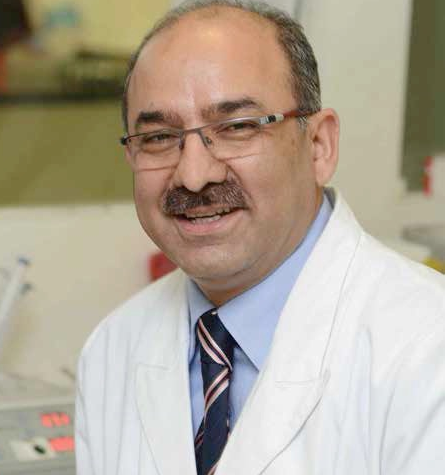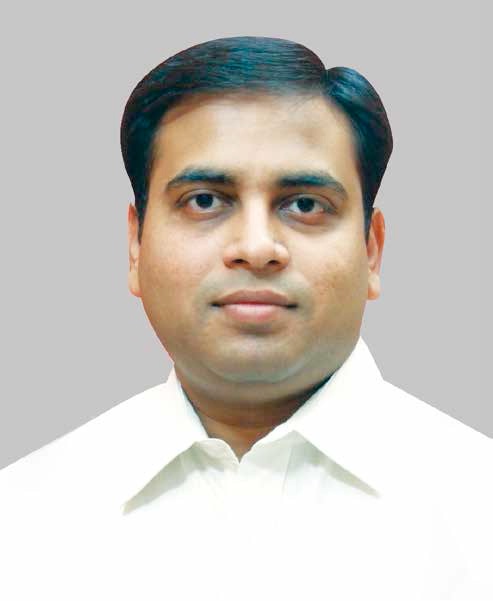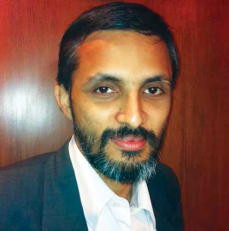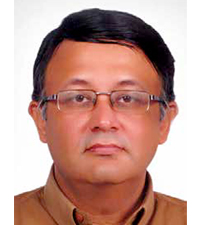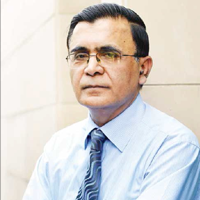 RIS/PACS have come a long way since they were a standalone solution to radiologists needs. Now they address the entire gamut of medical branches, helping in taking medicine to the poor andto promote medical tourism. Rajesh K Sharma of ENN takes a hard look at the sector.
RIS/PACS have come a long way since they were a standalone solution to radiologists needs. Now they address the entire gamut of medical branches, helping in taking medicine to the poor andto promote medical tourism. Rajesh K Sharma of ENN takes a hard look at the sector.
At the beginning of the century, the Indian healthcare story was a dismal one. It faced shortages of workforce and infrastructure. Total healthcare expenditure was just 4.3 percent of the GDP.

But in the last decade, Indias health system has developed, aided by the governments Millenium Development Goals (MDGs) that encouraged public sector efforts. The Eleventh Five Year Plan also brought about healthcare reforms. Encouraged by the government, even the private sector started investing in healthcare services. Many hospitals offering world class services sprung up, as did small and medium-sized ones that offered quality basic services.
Around the middle of the new millennium, a revolution started brewing in India. This was the healthcare IT revolution. Hospitals and other healthcare institutes of various sizes began seeking the help of Indian IT, which had matured by then, in addressing their needs. They looked at IT beyond simply building a website and having a sophisticated payroll and ERP solution. The mundane tasks of the hospitals could also be addressed by IT.
HMIS

Previously, big hospitals had sophisticated medical instruments and machines. They were out of the reach of the small and medium sized hospitals and clinics. Getting treatment at big hospitals was costly for the average Indian. But the growth of the healthcare sector had an emboldening effect, and owing to a growing prosperity and the confidence in IT, the smaller institutes started looking at IT to solve their issues. Hospital Management System (HMIS) successfully addressed their issues, integrating the various functions seamlessly and easing the medical, administrative, financial and legal burdens.
A perennial issue of the hospitals was the radiology department, which usually had problems of storage as well as wastage. Radiology used up lots of films for X-Rays and scans that need to be processed and stored, and had issues of availability. Patients, too had to carry around the films each time they visited a doctor, risking damaging the films.
RIS/PACS
Radio Imaging Service (RIS) and Picture Archiving and Communication System (PACS) addressed the concerns of both, hospitals and patients. Used in advanced countries for a long time, RIS/PACS rode on the healthcare IT wave that swept India. Using a RIS/ PACS solution, a hospital or a clinic can take digital images of the patient and store them on a central server. This has reduced the redundancies of storage space required for the unprocessed and processed films. The patients too did not need to carry the films with them whenever they visited the physician.
Though RIS/PACS involves huge one-time investment during installation, the benefits that it accrues in the form of saving on films, storage, and improving the radiologists efficiency are immense. Hospitals and clinics are aware of these advantages and dont hesitate while investing in a RIS/ PACS solution.
The RIS/PACS sector has been incorporating the latest advances in technology, like cloud computing and telemedicine, improved digital imaging etc. From being used only in the radiology department, PACS has now extended its reach to other branches of healthcare that require imaging services. It has also helped in streamlining flow of information in a hospital.
From being used only in the radiology department, PACS has now extended its reach to other branches of healthcare that require imaging services”
The economic boom has led to a mushrooming of hospitals and clinics of all sizes in India. Aiming to be world class, they try to incorporate the latest technology, which has led to many equipment manufacturers opening their shops in India. These manufacturers and resellers aim to cover all price points in selling their wares. Today, the RIS/PACS sector is highly competitive and closely fought. RIS/ PACS manufacturers mix and match features to suit the needs of their clients. The growing use of RIS/PACS within the various departments in the hospitals has meant that even hospitals recognize the central role they will play in the future.
The mushrooming of hospitals as well as recognizing the need for an RIS/PACS solution by them has increased their demand that even the existing players cannot fulfill. The RIS/PACS market is expected to reach Rs 305.72 billion by 2018. This figure is enticement enough for the manufacturers to remain bullish.
Teleradiology is being touted as a boon for Indian healthcare, since it can help take diagnostic care to remote locations. Government is promoting it, because it is easier to set up and is ably addressing the shortage of doctors in villages. RIS/PACS is playing a pivotal role in bringing diagnostic care to remote places through teleradiology. It has enabled city-based qualified and experienced doctors to attend to remote patients without leaving the cities.
While on the one hand RIS/PACS is a boon to teleradiology and taking healthcare to remote locations, on the other hand, it has worked well the other way as well, as people from foreign places come to India for medical tourism. The government has recognized that India, with its abundant cheap labour and a highly educated middle class, is well suited as a medical tourism destination. People from foreign places come here for cost effective treatments. Radiologists use RIS/ PACS systems to do an early diagnosis of medical tourists via teleradiology. Patients convinced about the treatments later come to India. So, RIS/ PACS has an important role to play in bringing foreign capital to the country.
eHealth first covered RIS/PACS in January 2008, when the India was relatively new to the technology. Since then we have featured this sector and the great strides it has made in the India healthcare market. India now is a playing field to many foreign as well as Indian RIS/PACS manufacturers.
With RIS/PACS integrating the latest technological advances, the bouquet solutions available to those interested are immense. It is just a question of which to choose.
Be a part of Elets Collaborative Initiatives. Join Us for Upcoming Events and explore business opportunities. Like us on Facebook , connect with us on LinkedIn and follow us on Twitter , Instagram.



